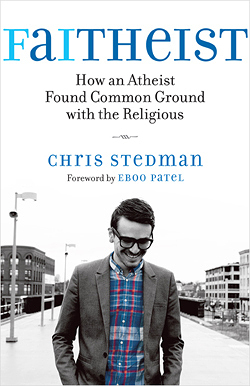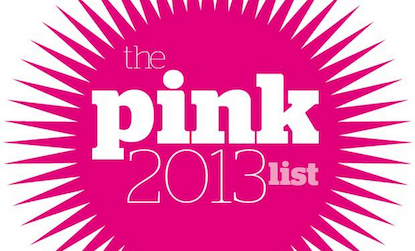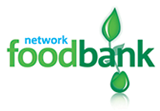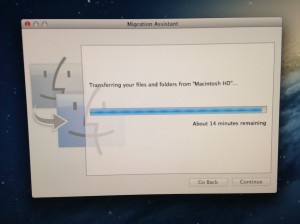 |
Chris Stedman is an atheist with a humanistic ethical code. Stedman, through his interfaith work, encourages the religious and nonreligious to come together and share their stories to humanise and understand one another for the greater good. He is the Assistant Humanist Chaplain at Harvard University and writes on his blog NonProphet Status, for the Huffington Post as well as on various other media platforms.
In Faitheist, Chirs Stedman shares the story of his life (so far). The full title of the book is longwinded (Faitheist: How an Atheist Found Common Ground with the Religious) and the introduction is off-putting. The introduction is full of terminology that is unfamiliar, unless you’re an Atheist Activist or an Interfaith Worker/Volunteer. This terminology and the elongated words are both unnecessary. |
But get past the introduction and Stedman’s story is fascinating. Told in his warm and engaging writers voice his story is educational, enlightening, completely honest and emotionally resonant.
Stedman starts with his childhood; describing it as ‘not particularly religious.’ He discusses his search for a place to belong and a community to be a part of. Towards the end of his childhood he joins a church and becomes a Christian.
Stedman moves into his adolescence and tells us of his developing homosexuality. He describes a difficult time in his life, one where his sexuality and his extreme Christian beliefs are at odds. He discusses his self-hate, guilt and his loss of faith in God. He reveals how his mum discovered that he was gay and how she supported him. Lost, Stedman sets out on journey to find himself.
Stedman tells of his early adulthood; describing his journey to find himself and what he wants to do with his life. He tells that through Voluntary & Community Work he served others (a recurring theme throughout his entire life), he realised that the religious and nonreligious need to work together (interfaith working). He explains that he realised this has to start with understanding one another’s perspective.
Stedman writes about his set and strong convictions towards the end of this book, clearly promoting humanism. However he has a history of changing some of his views, based on his life experiences. So this left the question as to whether some of his views may change over time. Not his core values, those have always remained a constant, but some of his views on complex ‘grey’ areas in life.
As Stedman shares his story he describes his patchwork of tattoos and their meaning to him and his life. Stedman demonstrates his wonderful ability to reflect on his own experiences and learn from them. He reveals his unique passion, vibrant personality and how so alive he is. A gorgeous man with a beautiful, caring soul.
Stedman concludes his book, not surprisingly, advocating the bringing together of the religious and the nonreligious (atheists). He suggests that they should share their life stories with one another. This he states will lead to a better understanding of one another, so that they can work better together. He encourages the reader to open a dialogue with people from all walks of life, to listen to their stories and share yours.
Stedman could have included some glossy photo pages to match his autobiographical style of story sharing, which would have been great for visual learners.
Faitheist by Chris Stedman is a thought-provoking read and will appeal to anyone who is interested in the study of religious or atheism, the effect of religion on homosexuality, humanism, philosophy, ideology, interfaith work and/or bringing communities together.
Faitheist: How an Atheist Found Common Ground with the Religious by Chris Stedman is available to buy on Amazon.
Review soon,
Antony








